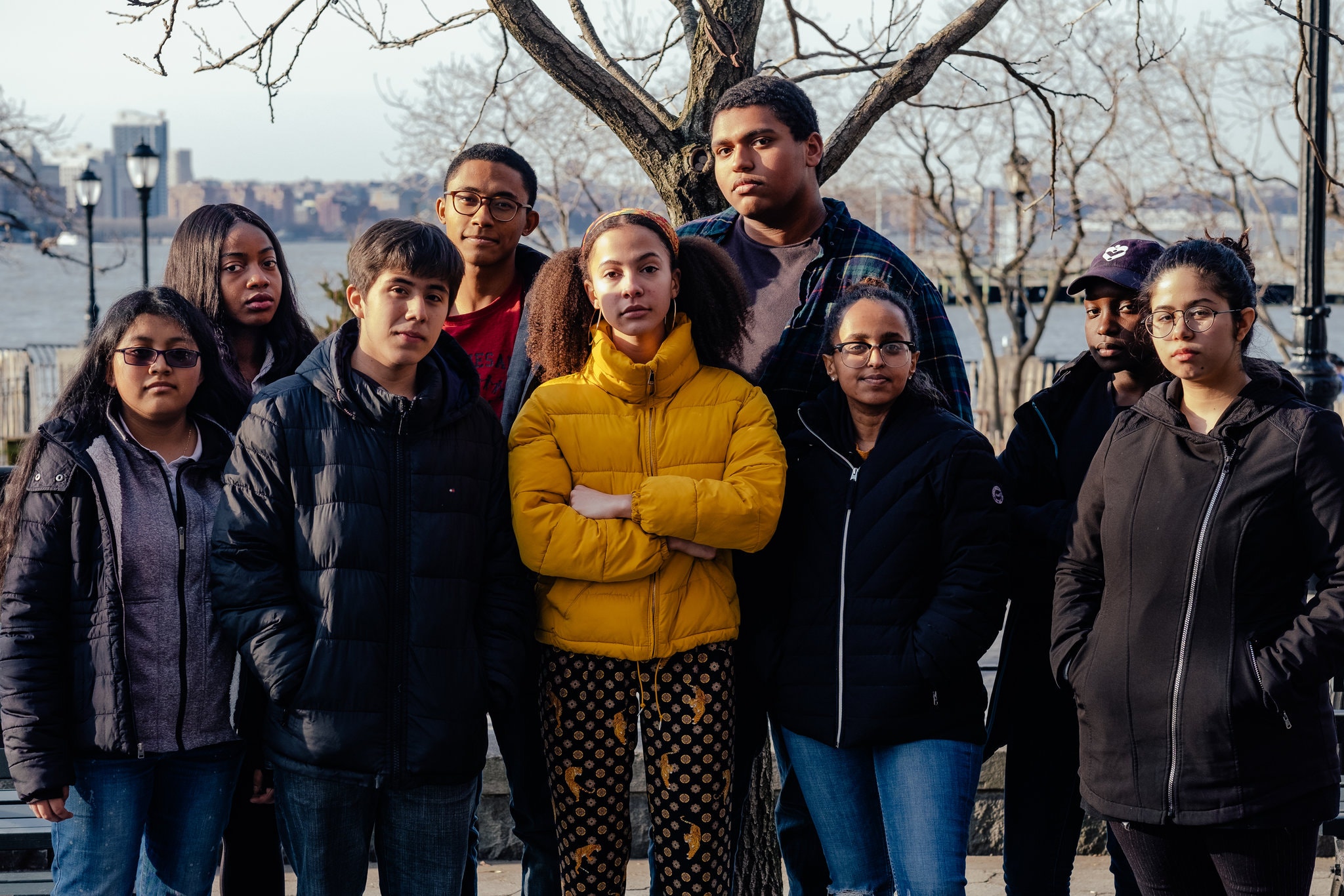🎉👖 Boredom-busting high school advice, compassion-based classroom management, a strength-based leadership tool, equity in admissions, and a new “American Dream.” Plus a special 10th issue X-tra from XQ that you don’t want to miss!
1. READ: High school doesn’t have to be boring.
Deeper learning rockstars Jal Mehta and Sarah Fine spent six years crisscrossing the U.S. to study high schools. They left the gate with two assumptions: that the most innovative high schools would have the answers and the deepest learning would happen in core classes. They were wrong about both. At the first 30 high schools they visited, recommended to them by leaders in the field, “Boredom was pervasive. Students filled out worksheets, answered factual questions, constructed formulaic paragraphs, followed algorithms, and conducted ‘experiments’ for which the results were already known. Covering content almost always won out over deeper inquiry.” The most powerful learning occurred most often on the periphery—in electives and extracurriculars. They asked, “How can we make what happens before the bell more like what happens after it?” Their advice: Schools need to become much more deeply attached to the world beyond their walls. (These features at Latitude 37.8 and New Harmony High are two powerful examples.) Teachers need more support (like they have at WLA). And high school students need more agency, responsibility, and choice (like they have at PSI High and Iowa BIG).
2. WATCH: What happens when you start with compassion?
You’re probably familiar with the adage, “The best classroom management strategy is an engaging lesson plan.” But, educators know, this isn’t always the case. For those moments when students are disengaged or act out, experienced educators have learned an approach with compassion at the core is far more successful than relationship-damaging strategies that rely on public punishments and posturing. Ki Sung offers seven compassion-based classroom strategies from teacher Grace Dearborn’s classroom like: avoid standoffs, visual cues, and what she calls “the gentle press.” Her best advice? Look for the best in students, keep a compassionate frame of mind, check your own assumptions. Overall, “aim to build students up rather than tear them down.”
3. EXPLORE: Leaders can leverage their character strengths.
Every leader can benefit from a personal evaluation of their core character strengths. Knowing where your strengths lie can help you to become a better, more impactful, and engaging leader. But it can be difficult to put this self-knowledge to work. The new “Leading with Strengths” interactive tool from Mayerson Academy makes it easier to activate personal strengths to increase engagement, performance, and well-being. For example, if “sense of meaning” is one of your strengths, you can activate this to inspire a shared vision. Your strength in “humility” can enable others to act. How have you put your strengths to work to advance change? Tell us by tweeting @XQAmerica and #ReThinkHighSchool.
4. LISTEN: It’s time to confront equity in high school admissions.
Why did New York City’s most selective high school admit only seven black students? And what will it take to turn the tide? Check out this MUST LISTEN podcast from The Daily podcast from the New York Times on why we must rethink high school. “It wasn’t shock that I felt, it was the same wave of disappointment I feel every time I look at the demographics of this school,” a black student at Stuyvesant High School told the New York Times.
5. CONSIDER: Is it time to redefine the American dream?
Are we setting up kids to fail by selling an outdated vision of success — and ignoring what research says about happiness? This is the question Arielle Dreher recently explored for The 74. She found, “Students are poised to enter the most automated and fast-moving economy the country has ever seen by the time they hit the job market. So in a nation where the American Dream comes with the condition of success, the age of automation could dramatically change Americans’ ability to achieve that dream — especially if defining success misplaces the true source of happiness. Most happiness research shows that the relationships and connections people have to one another are the most common indicator of happiness. In other words, pursuing actual happiness looks quite different in research than it does in the myriad books, trainings and meditations permeating American life. There is one strong finding from hundreds of studies about what the best predictor of a person’s happiness is: our connections to other people.” Schools that place a high value on meaning, engagement, and purpose can make a big difference. “It will take diligent, persistent work by educators — preferably early in students’ lives — to reverse the mindset that a piece of paper, job or salary will lead to a happy life.”
X-tra from XQ
Woooot, it’s our 10th issue of Give Me Five! (You can find all the archives here.) To celebrate, we’re asking the more than 10,000 XQ’ers to invite more friends to the party! Forward this issue to 10 friends or tag 10 friends on Twitter using #GiveMe5XQ and we’ll send you an XQ Notebook!
TAGS:







